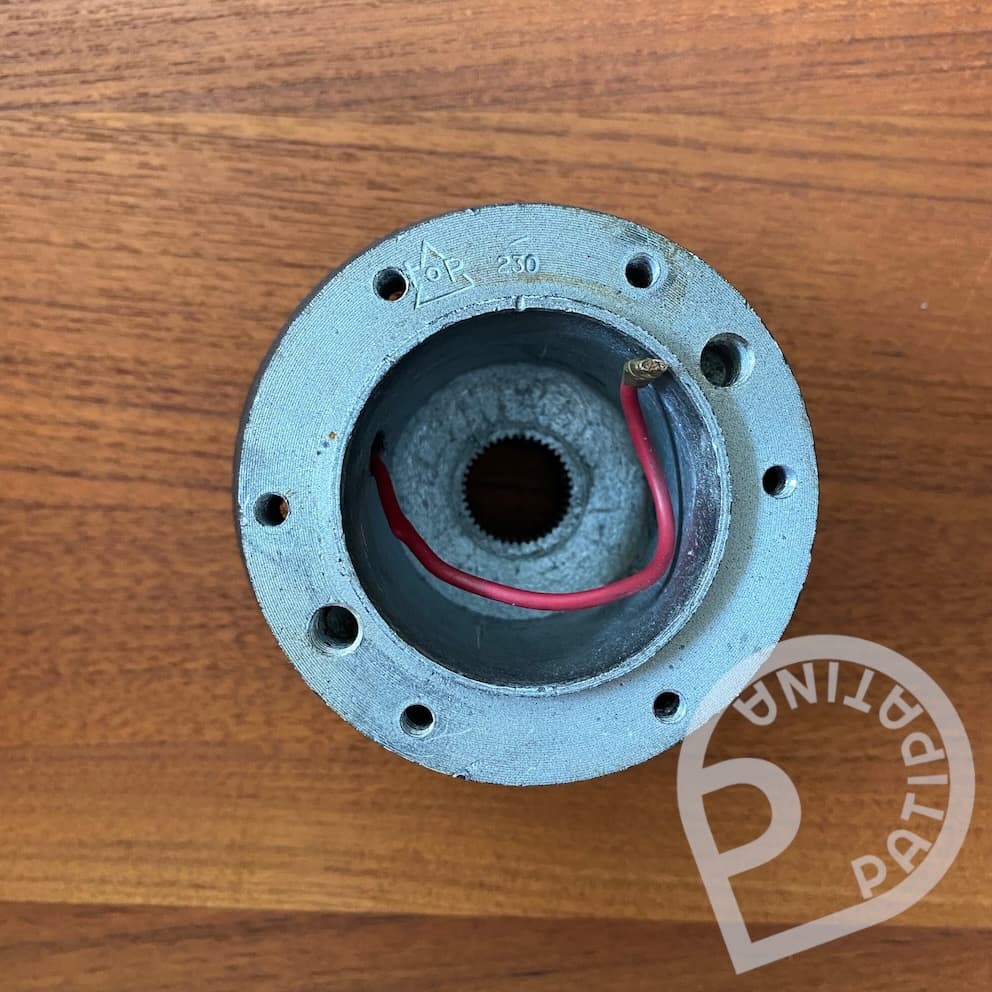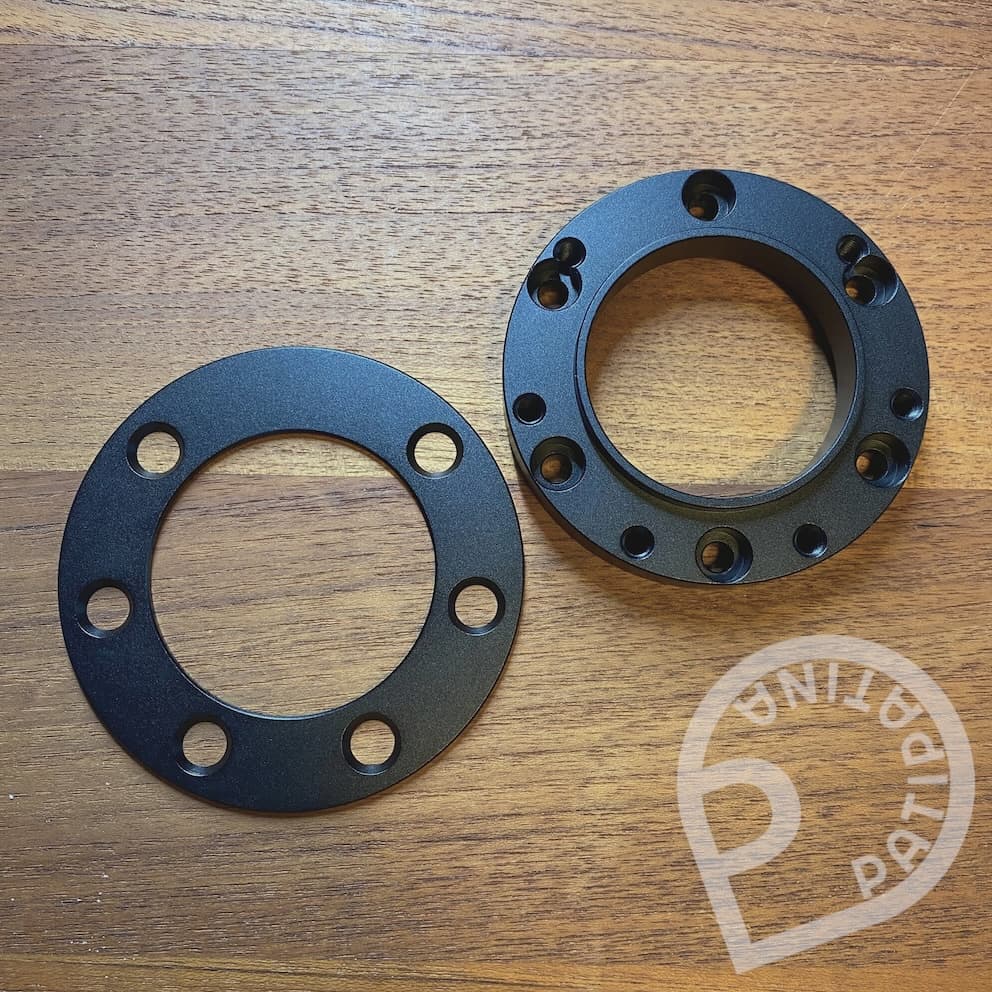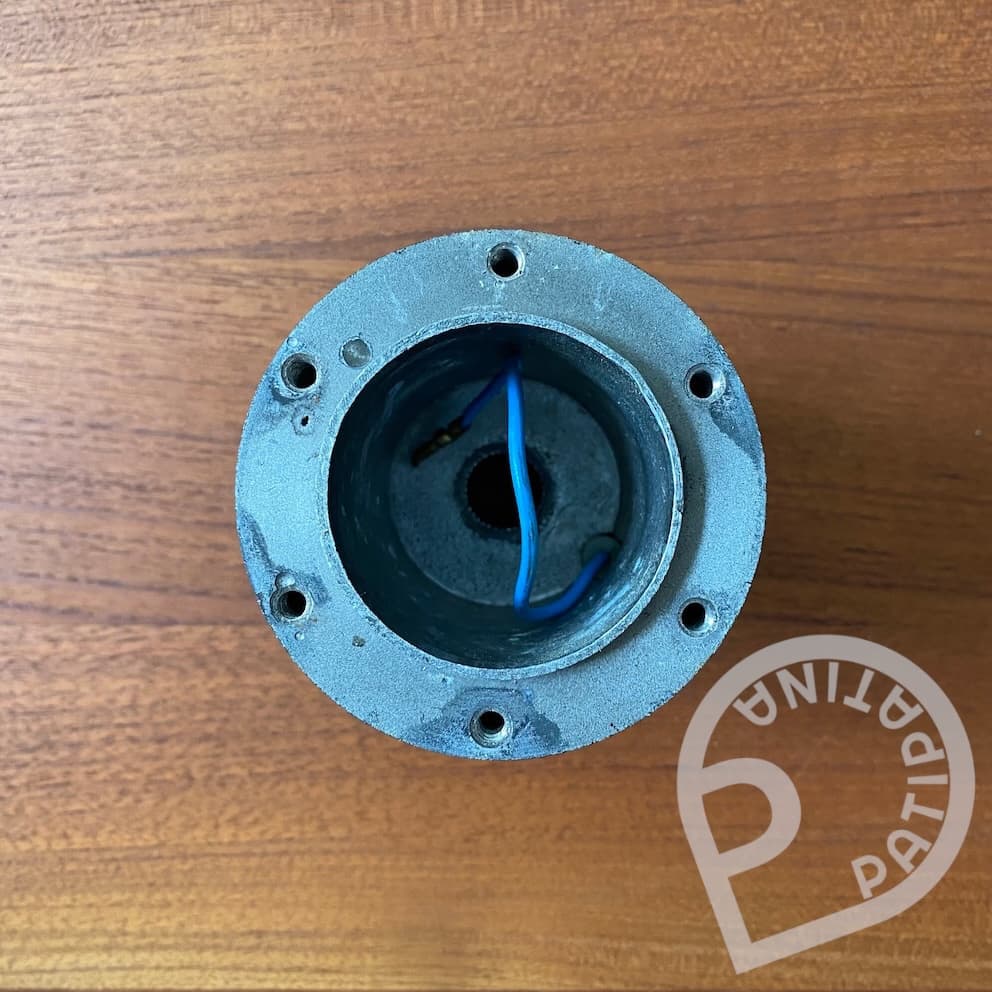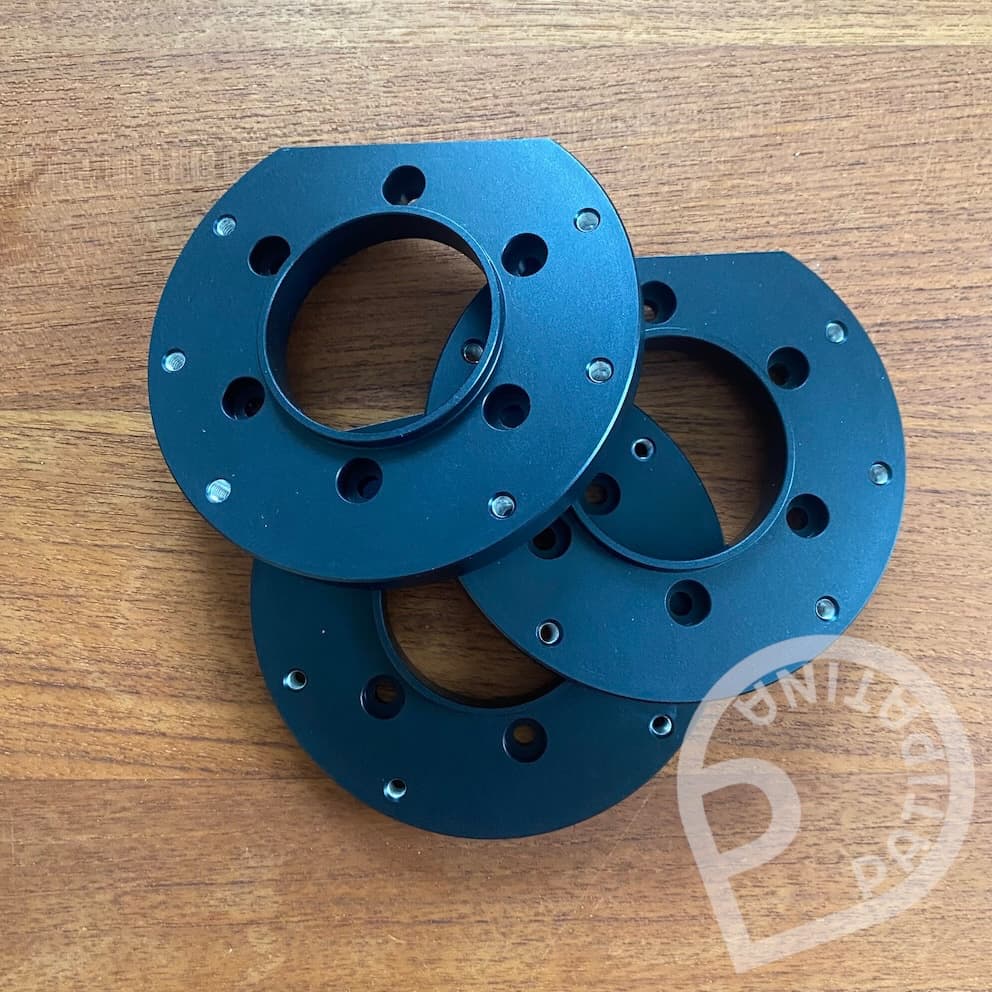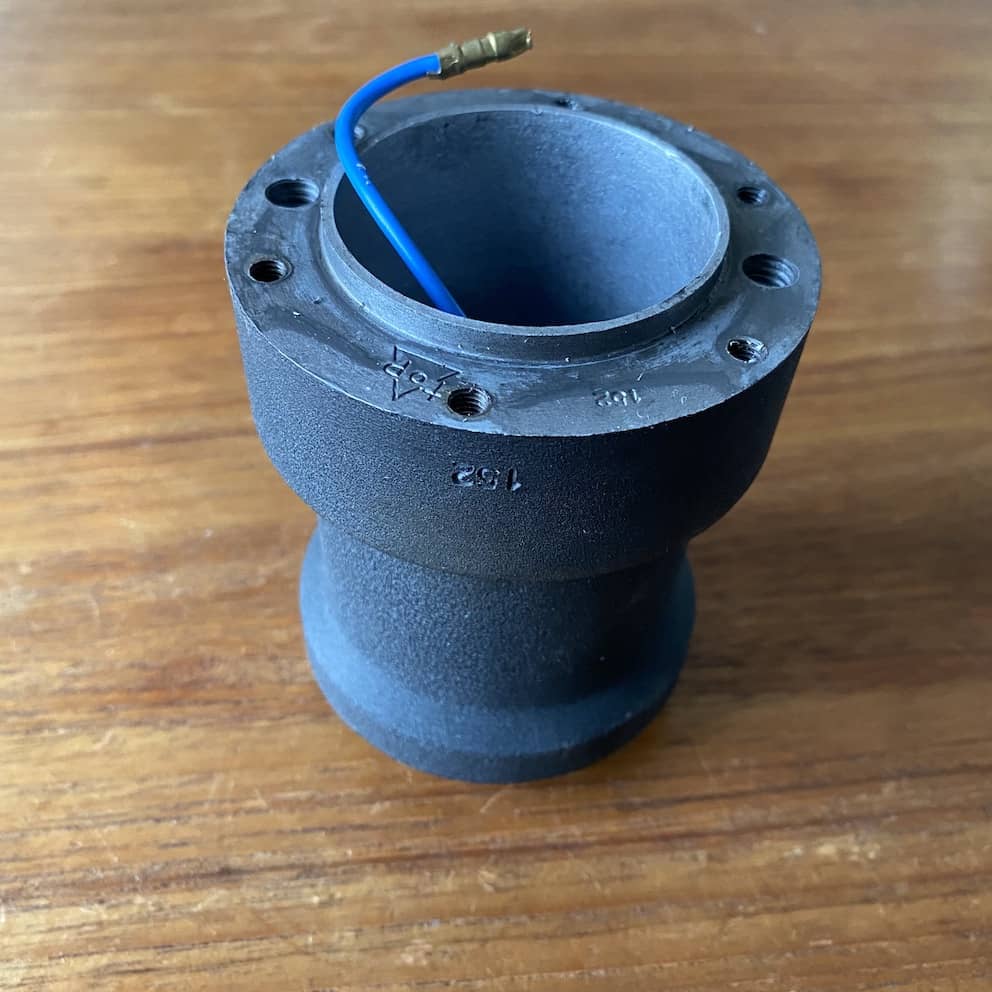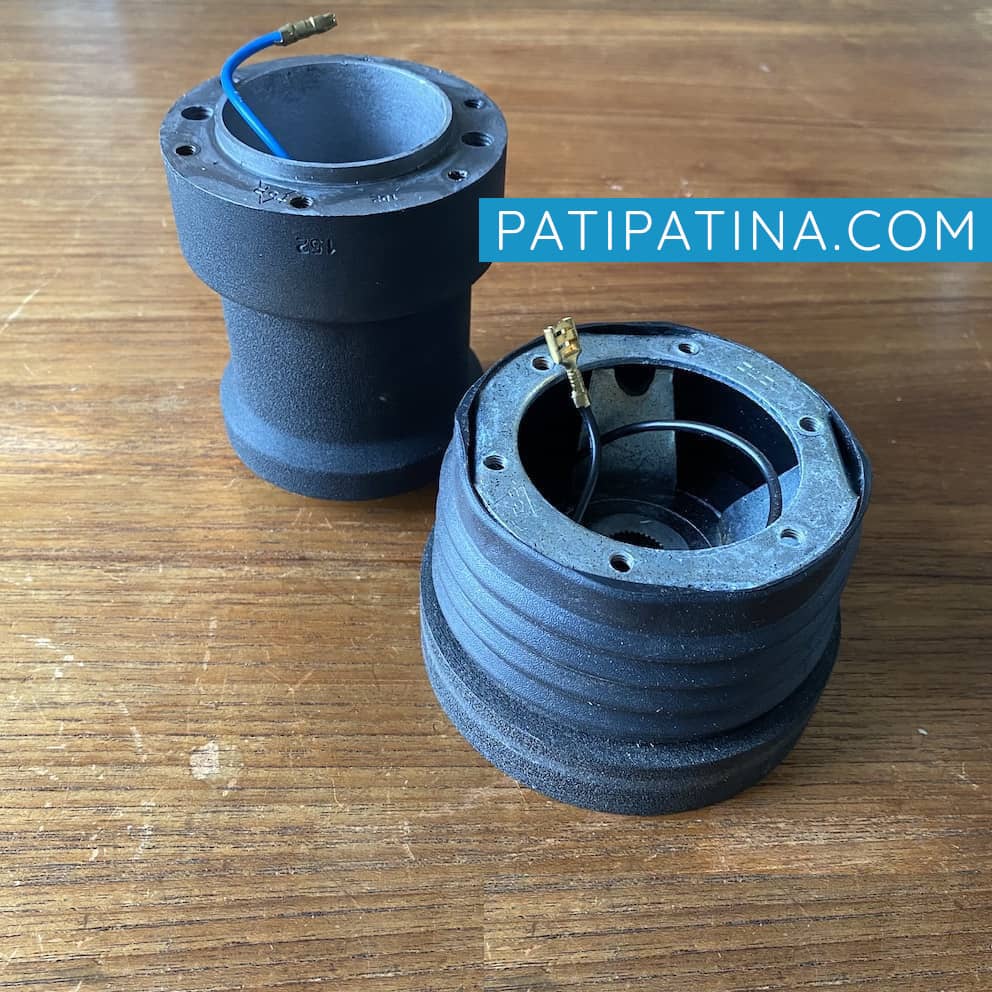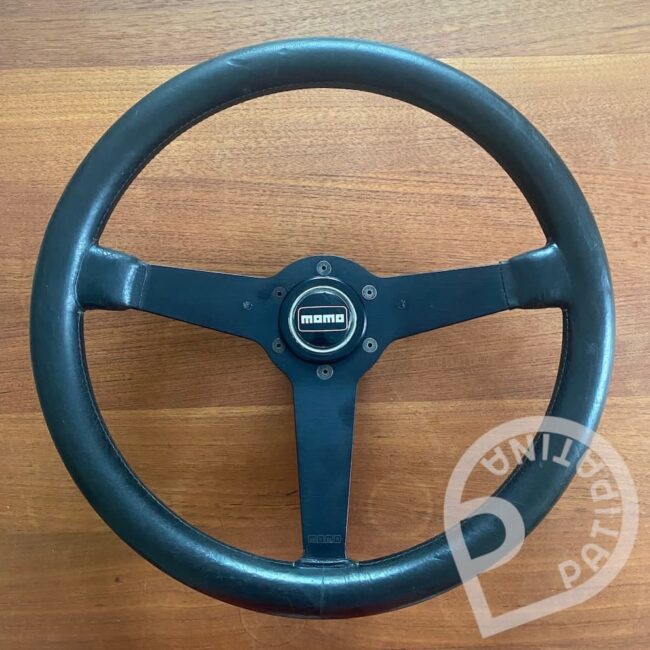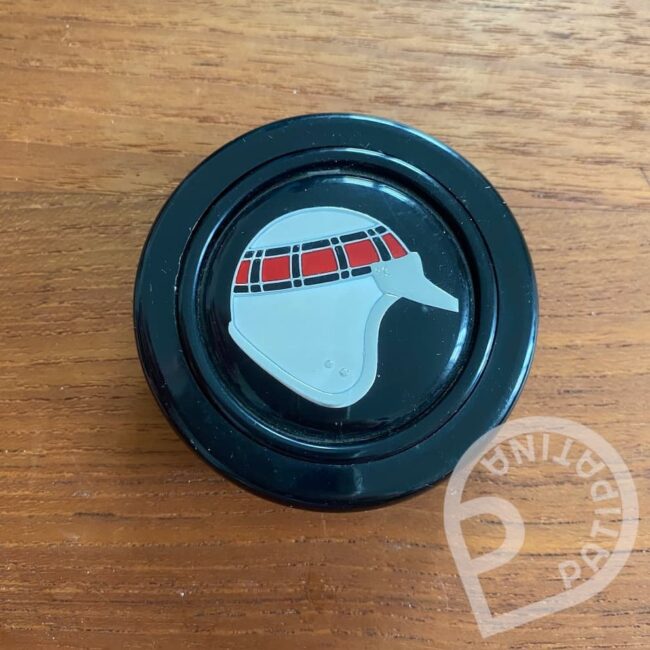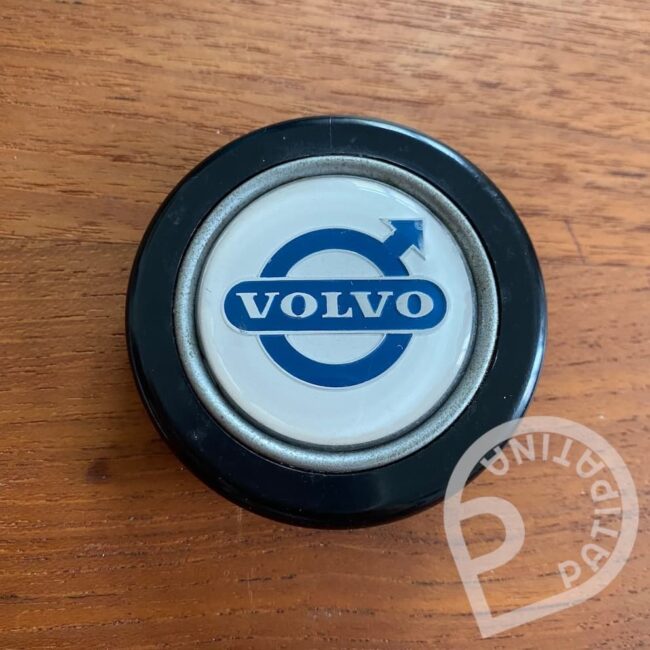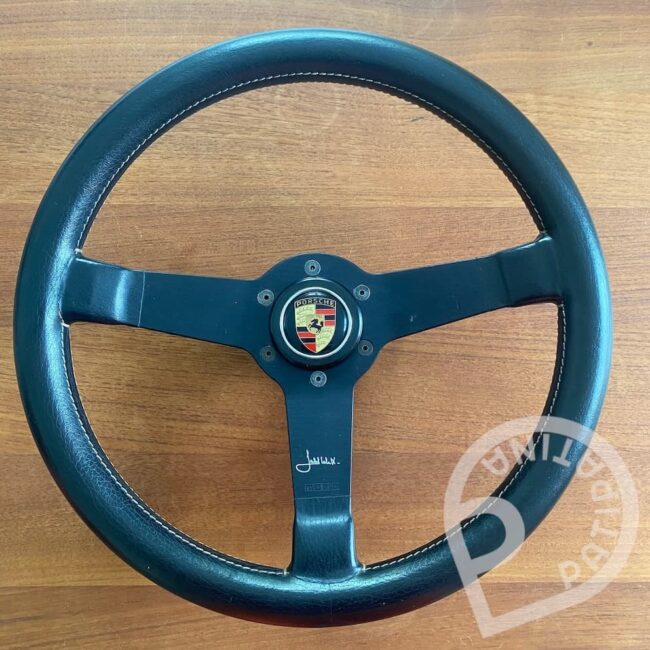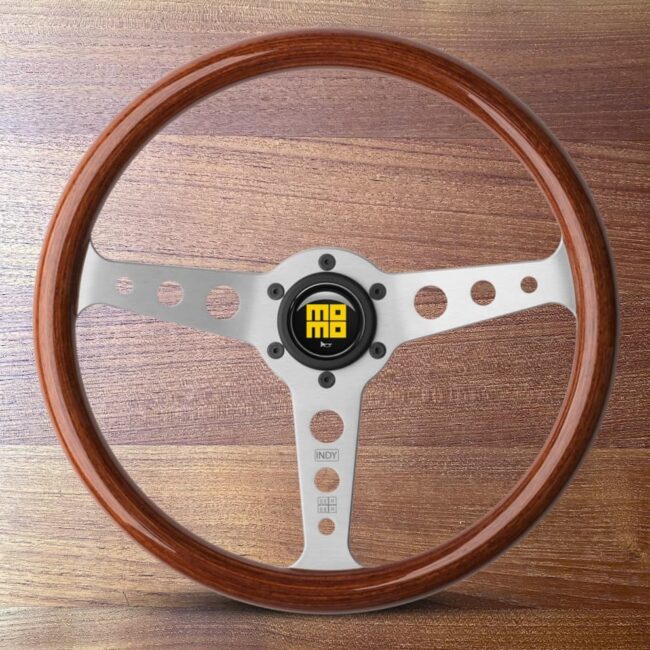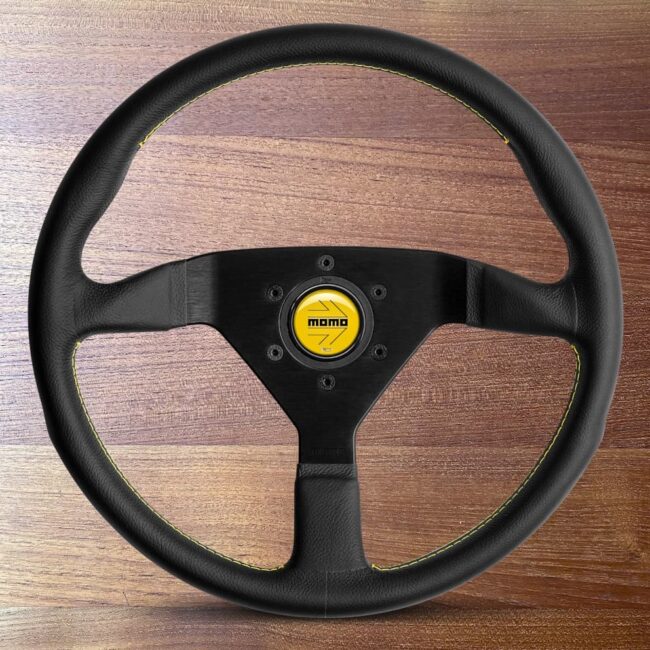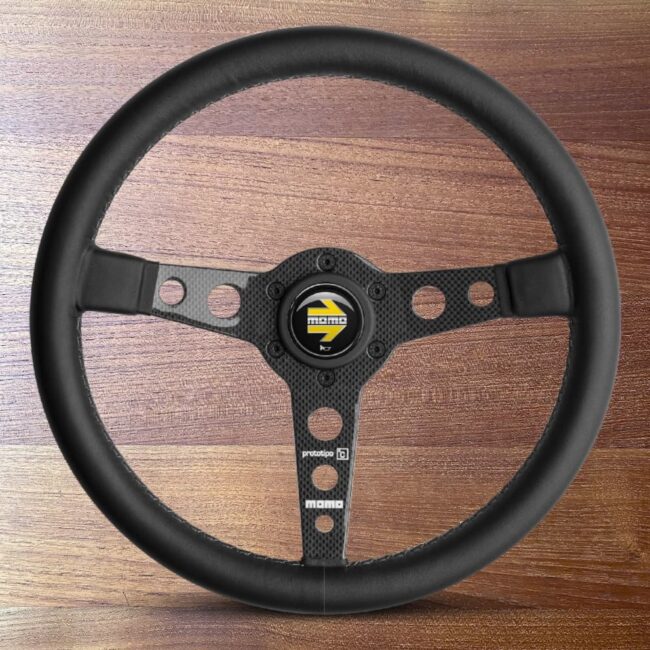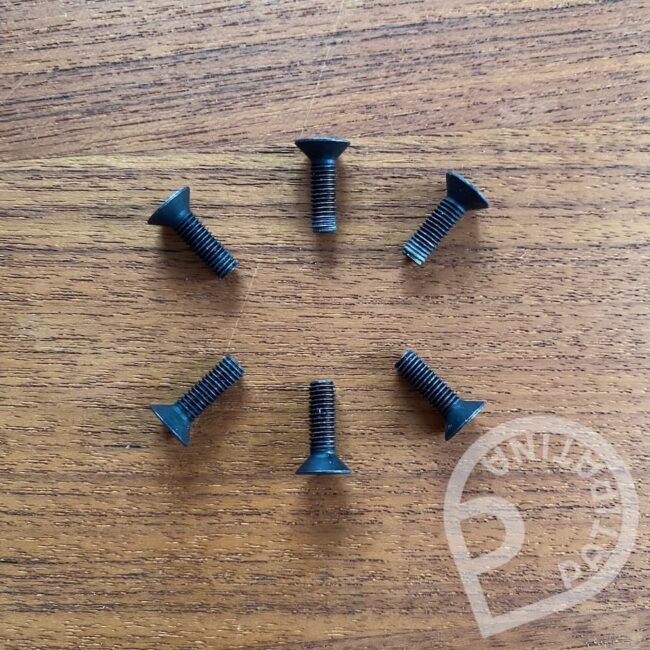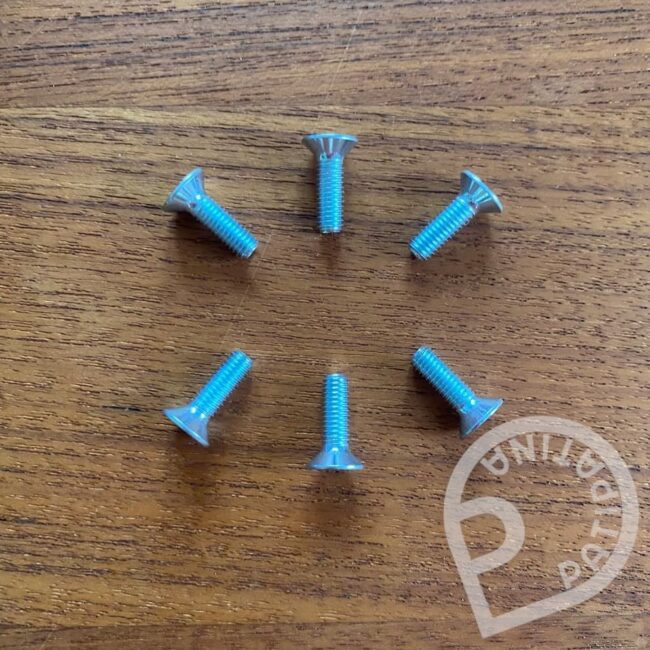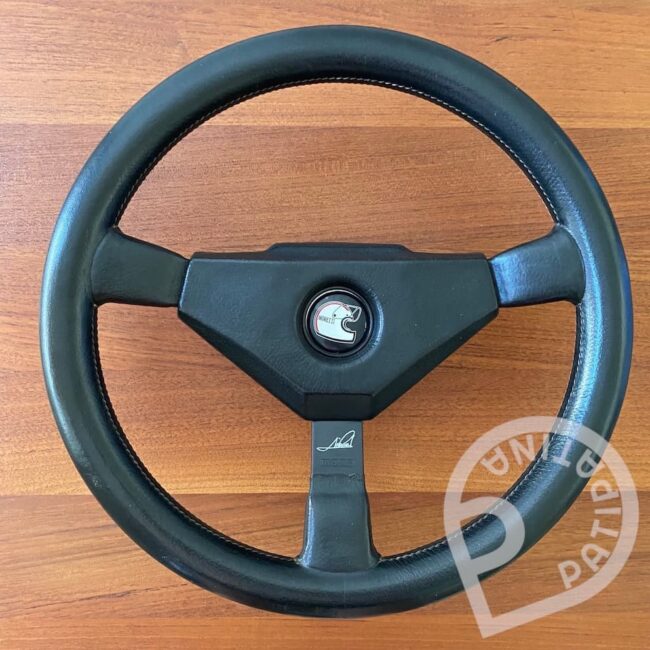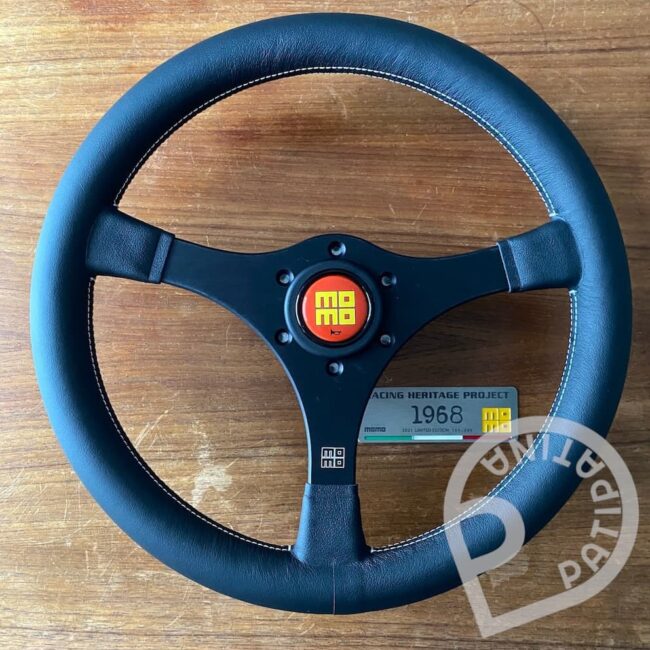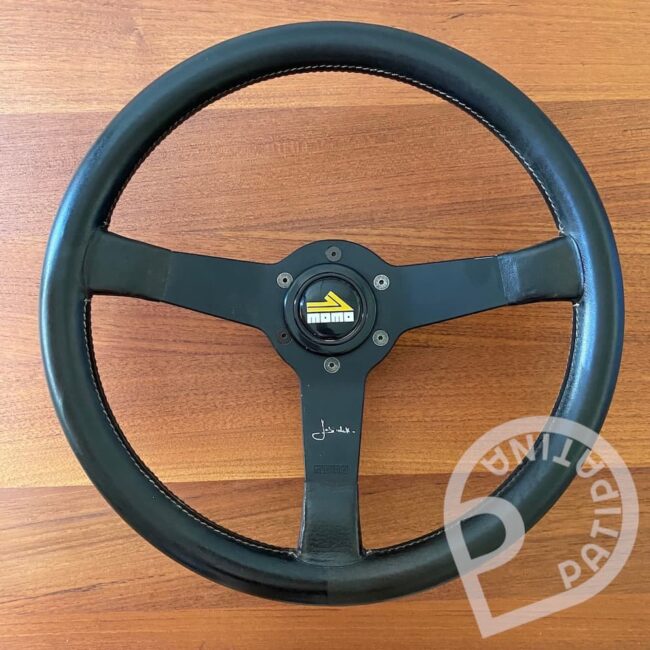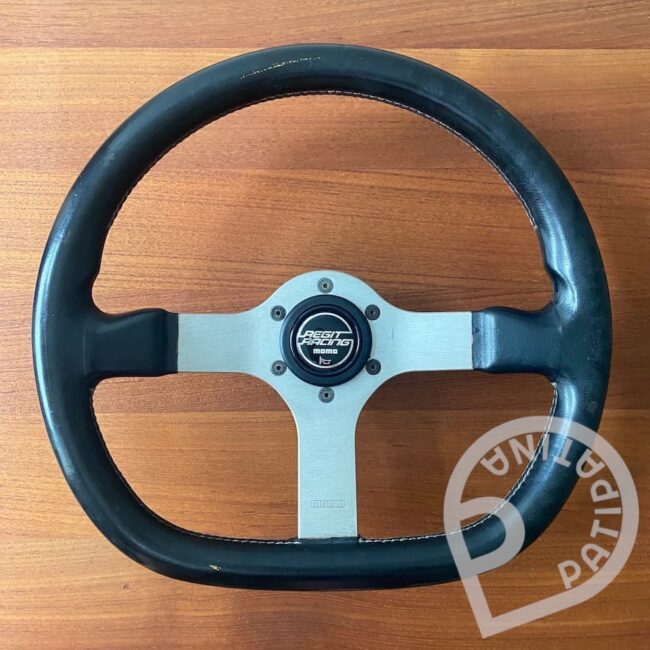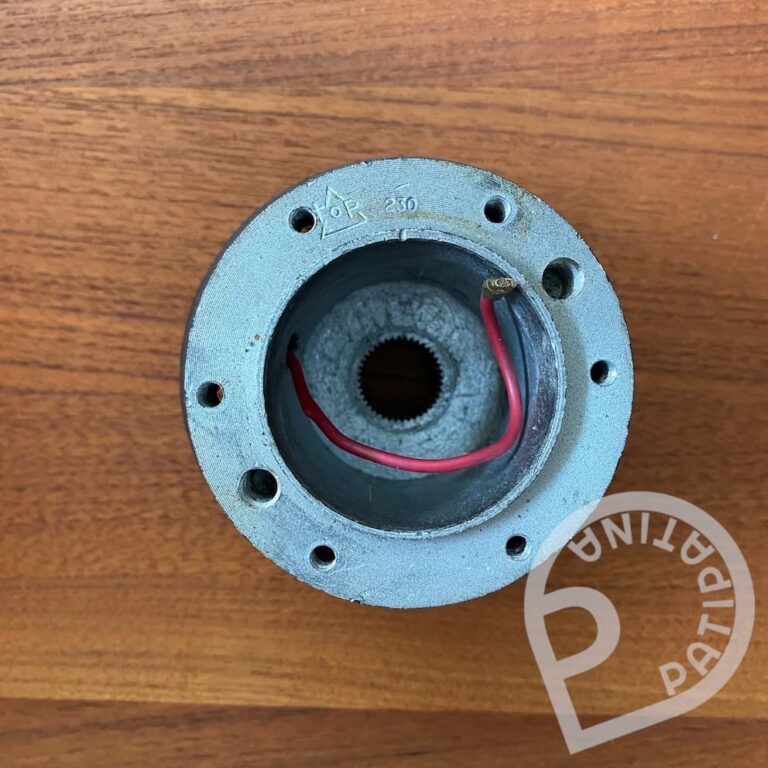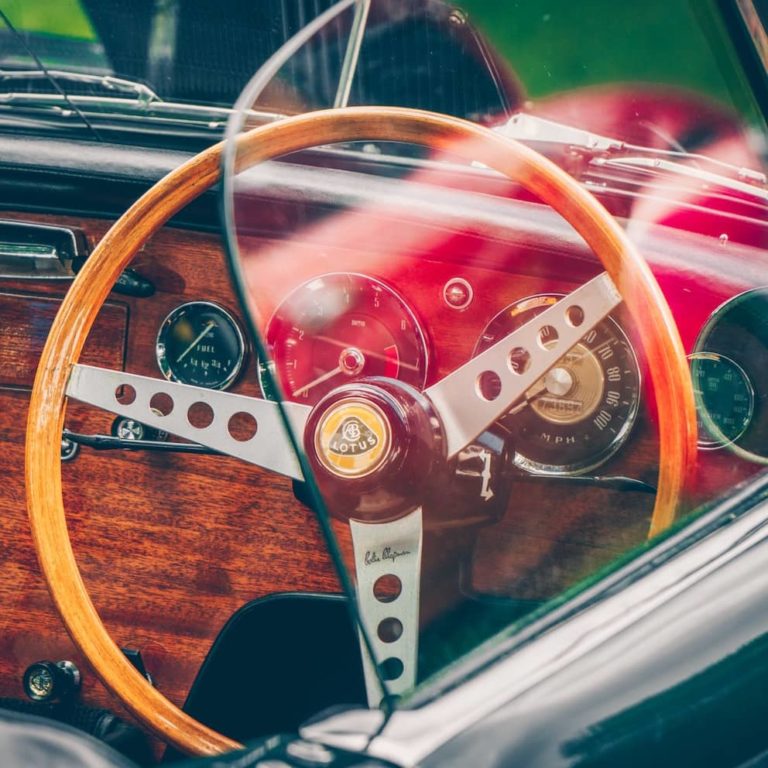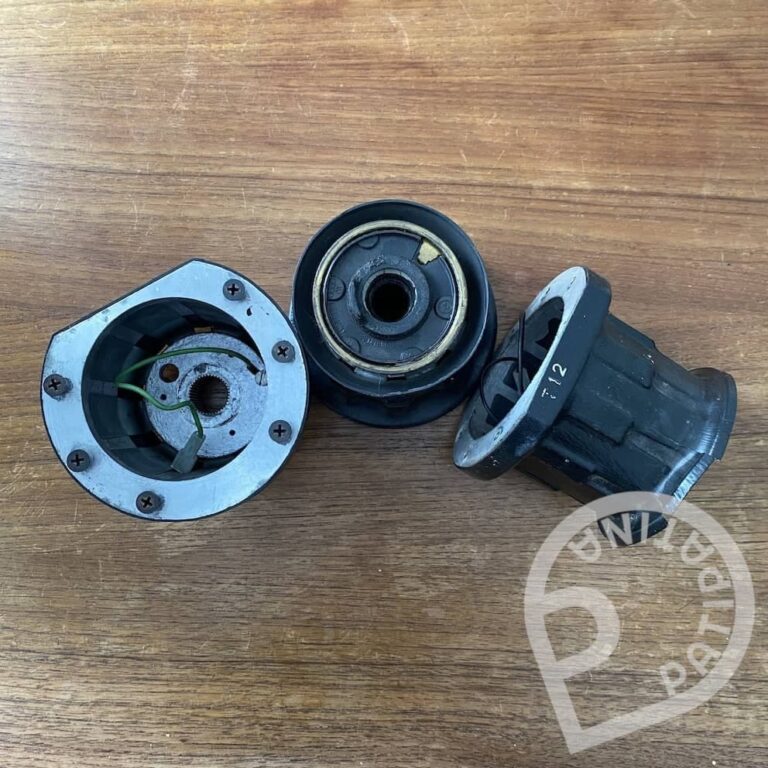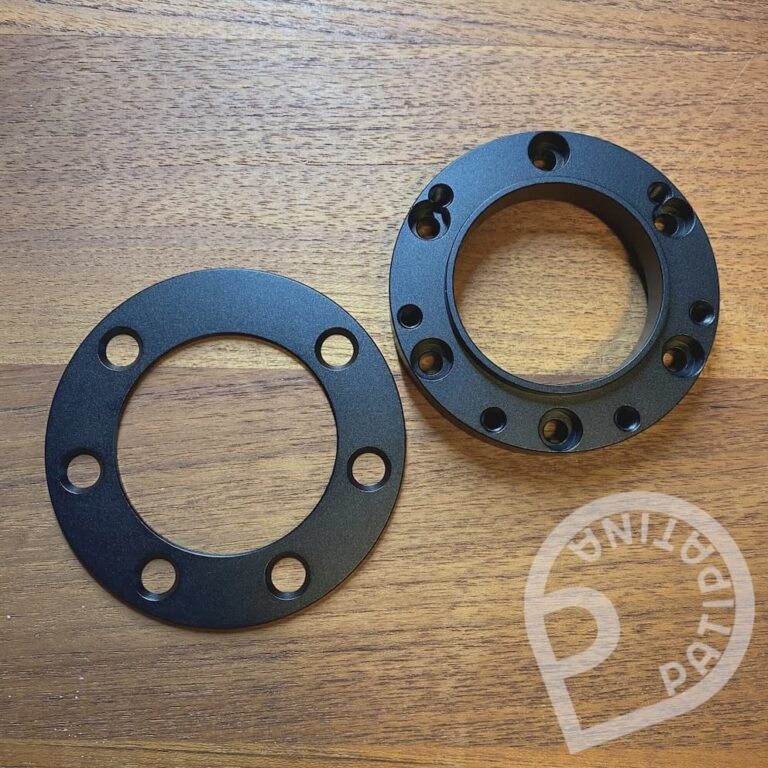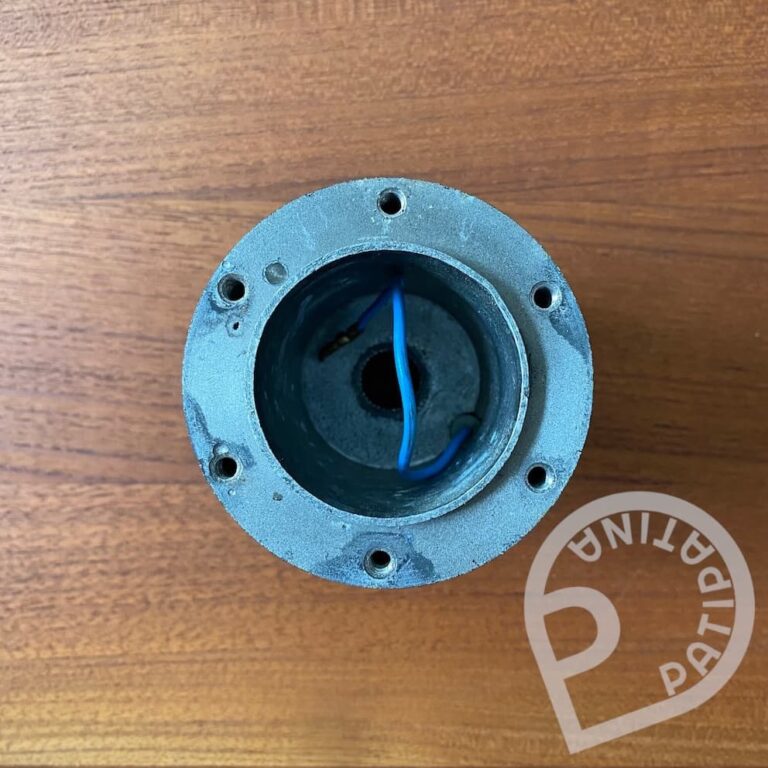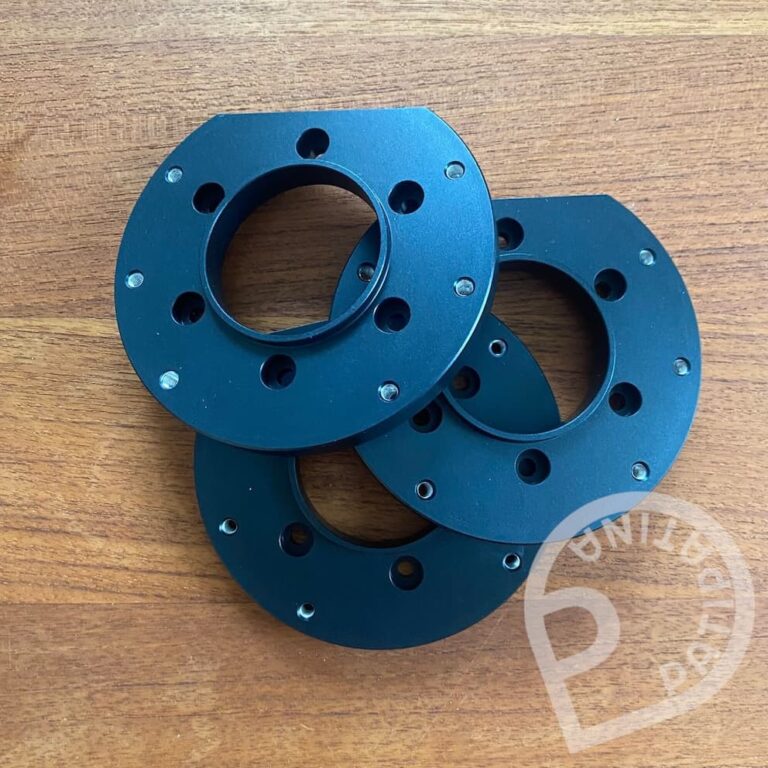How to identify a Momo hub… Wait, what?
Mads van Appeldoorn
April 26, 2025
As Amazon Associate I earn from qualifying purchases. I may receive a small commission at no additional cost to you for purchases made through links in this post.
How to guides – livesavers or wild goose chases?
How-To guides. They promise the world — clarity, shortcuts, hidden wisdom. Most of the time? They help. Most of the time. When in doubt, you check existing lists. You ask around. You hit the usual suspects – including Mads from patipatina (me), who somehow always knows somebody who knows somebody – if he doesn’t know the answer.
Existing lists are a starting point. But what if nothing pops up? This is the story of C 2908 3605 7601.
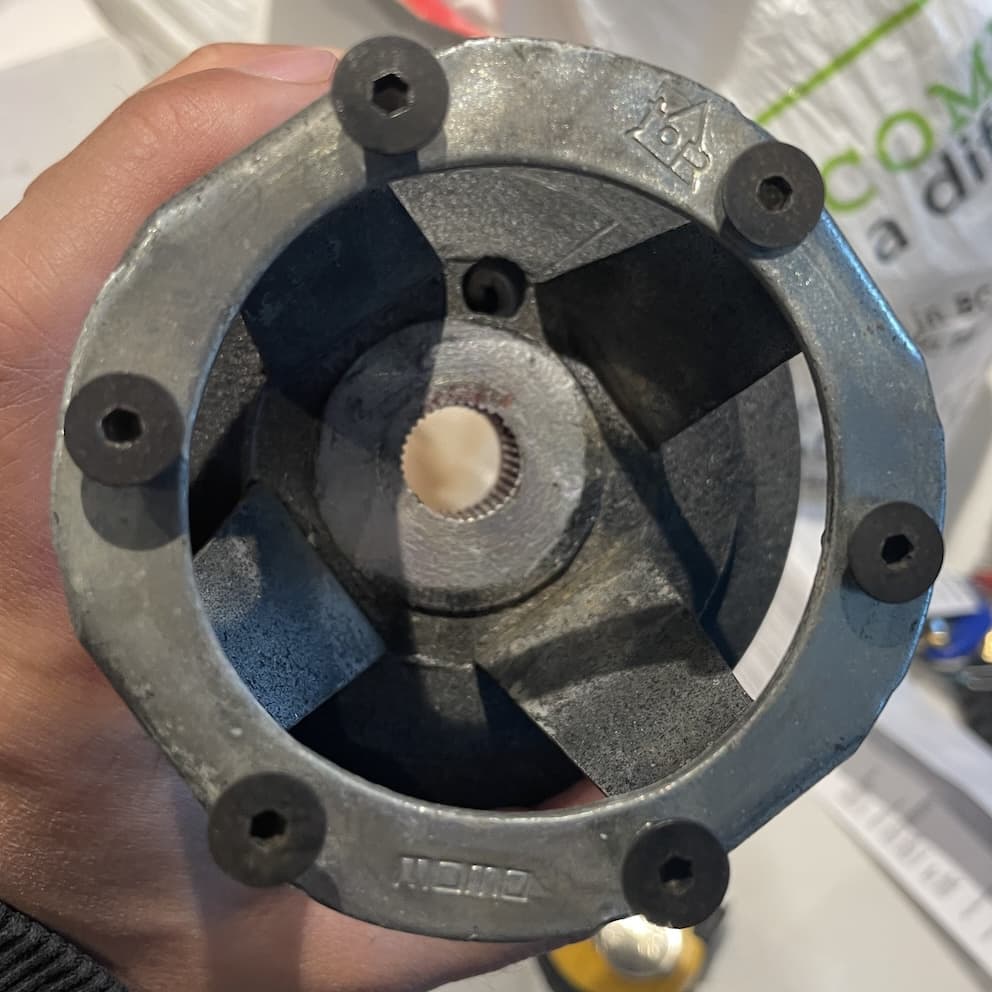
nothing special here
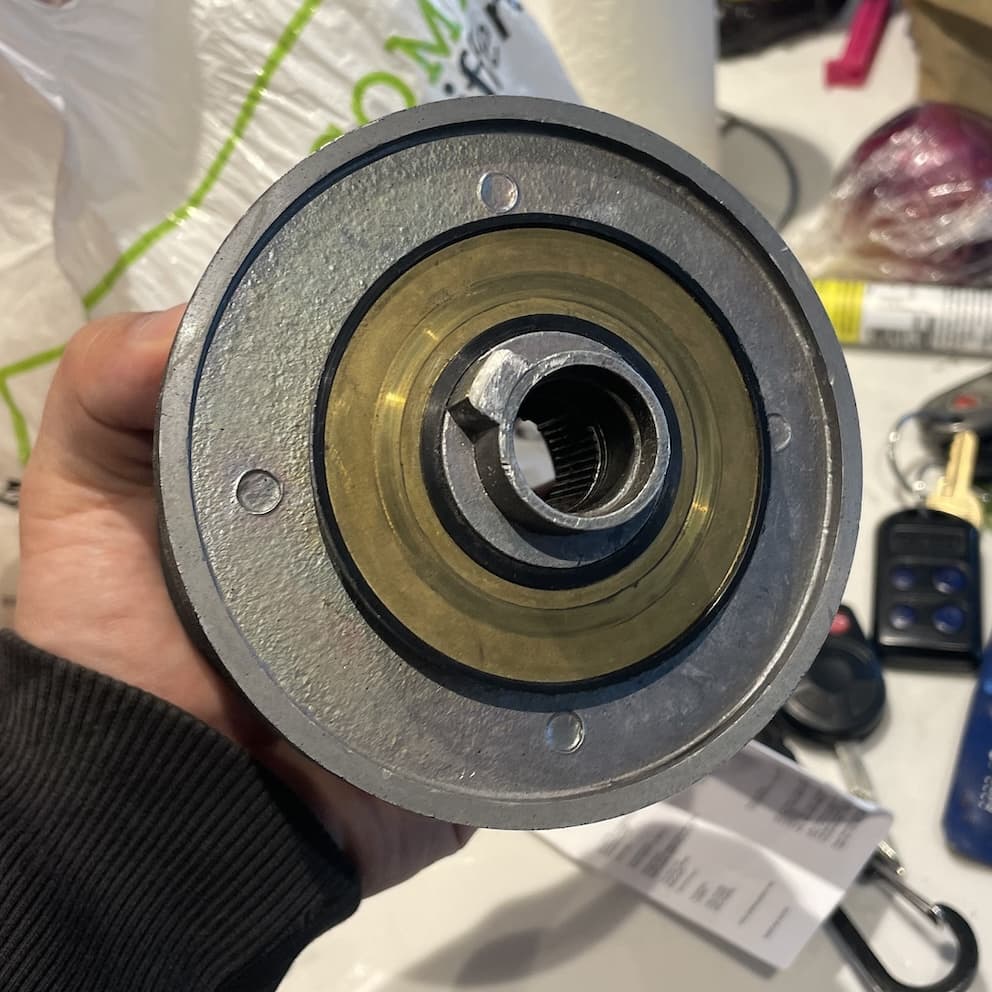
well, that looks quite unusual
Most of the emails I get these days boil down to one big question: “Is this steering wheel legit?”
Sad, really — that someone even has to ask. But that’s the state of things now. There are so many fakes, replicas, odd restorations, or just downright weird pieces floating around that second-guessing has become second nature. Keep them coming! Seriously. I’m happy to help. Better to ask than to regret it later when you realize your “vintage Momo” has more in common with a lawnmower handle than with an original.
Why Momo Hub Identification Can Be Tricky
Right behind the steering wheel authenticity checks come the hub identification requests. And honestly?
Those are usually the easier ones. I’ve got four Momo hub lists here at my fingertips — and one big, combined master list that’s available on the site, at least for the solid ones. (Yes, really. Bookmark it. It’ll save you a lot of emails.)
On top of that, I usually have a few extra hints or educated guesses if your hub is one of those oddball ones — super rare and therefore not listed, custom made by Momo to match a certain steering shaft or just weird enough to not match anything cleanly.

common size

but the number? three numbers?
Can You Help Crack the Mystery?
Crazy thing is, this hub actually has three different numbers on it — something I’ve never seen before.
First thought? Misprint. But the more I looked at it, the more I’m convinced it’s not. None of the numbers match anything in the four Momo hub lists I have from different eras.
Here’s the breakdown:
-
C usually stands for short and L for long — so far, so good.
-
Plymouth? Ruled that out pretty quickly. Plymouth hubs usually have numbers like 3602, 6101, 6105, or 6106.
-
2908? Nothing even remotely close in the Momo world. No known part numbers starting with 290.
-
3605? Closest would be Dodge (’66–’67, all models), but even that would be 3601, not 3605.
-
7601? Again, absolutely nothing. No Momo hubs start with 760.
Of course, all of this is based on Momo hubs that were officially sold at some point — and my data runs up to around 2005.
There’s always a chance it’s some prototype, a dealership special, or a later modification that never made it onto the “official” lists.
Usually, when the back of the hub and the horn contact ring look familiar, it triggers some kind of memory. Not this time. No bells ringing. No half-forgotten cross-references. Nothing.
So this time, I couldn’t help — other than pointing the guy toward someone who might have a clue.
If you happen to see this and can shed some light, please reach out. I’ll post your insights and pass them along to the person who asked.
Hub adapter guide
Momo steering wheels for sale
Related Articles
